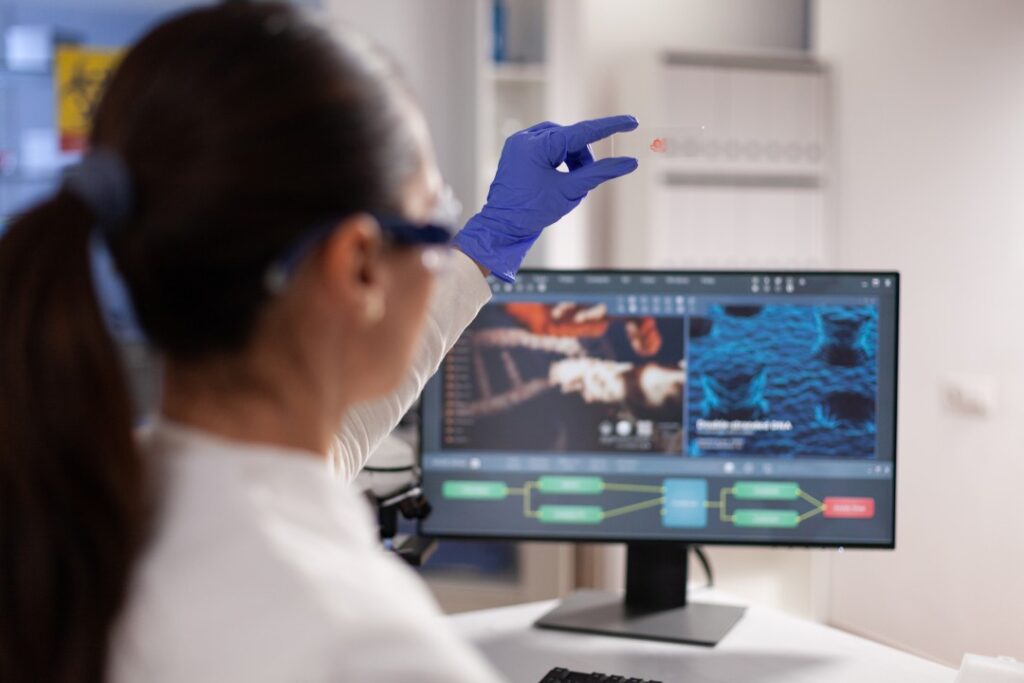Warfarin, a widely prescribed anticoagulant, requires meticulous dosing to maintain therapeutic efficacy while minimizing risks. The International Normalized Ratio (INR) is the standard metric for monitoring warfarin’s anticoagulant effect. However, achieving and maintaining a stable INR can be challenging due to individual variability in drug response.
Pharmacogenetics—the study of how genes affect a person’s response to drugs—offers insights into tailoring warfarin therapy. Coupled with patient self-testing of PT/INR levels, pharmacogenetic-guided dosing can enhance treatment outcomes.
Understanding Warfarin and INR
Warfarin functions by inhibiting vitamin K-dependent clotting factors, thereby reducing blood clot formation. The INR standardizes prothrombin time (PT) results, allowing for consistent monitoring across different laboratories. Maintaining an INR within the therapeutic range (typically 2.0–3.0) is crucial; deviations can lead to thrombotic events or bleeding complications.
The Impact of Pharmacogenetics on Warfarin Dosing
Genetic variations significantly influence individual responses to warfarin. Key genes involved include
- CYP2C9: This gene encodes an enzyme responsible for metabolizing warfarin. Variants such as CYP2C92 and CYP2C93 reduce enzymatic activity, leading to slower warfarin metabolism and increased bleeding risk
- VKORC1: This gene encodes the target enzyme of warfarin. Certain polymorphisms affect the sensitivity to warfarin, necessitating dosage adjustments.
- CYP4F2: Variants in this gene can influence vitamin K oxidation, indirectly affecting warfarin sensitivity.
Incorporating pharmacogenetic testing into clinical practice allows for personalized warfarin dosing, improving safety and efficacy.
Benefits of Pharmacogenetic-Guided Warfarin Therapy
Clinical studies have demonstrated the advantages of pharmacogenetic-guided dosing
- Faster Achievement of Stable INR: Patients reach therapeutic INR levels more quickly, reducing the window of vulnerability to adverse events.
- Reduced Risk of Over- or Under-Anticoagulation: Tailored dosing minimizes the likelihood of complications associated with inappropriate anticoagulation levels
- Enhanced Patient Confidence: Understanding the genetic basis of dosing can improve patient adherence and satisfaction.
The Role of Patient Self-Testing in INR Monitoring
Patient self-testing (PST) of INR levels empowers individuals to actively participate in their anticoagulation management. Devices such as the PT/INR Monitoring System enable patients to monitor their INR at home with accuracy comparable to laboratory testing
Advantages of PST include:
- Immediate Results: Patients can obtain INR readings within minutes, facilitating prompt decision-making.
- Improved Time in Therapeutic Range: Regular monitoring helps maintain INR within the desired range, reducing the risk of complications.
- Convenience and Autonomy: Patients can test at their convenience, enhancing adherence and quality of life.
Integrating Pharmacogenetics and PST for Optimal Warfarin Management
Combining pharmacogenetic-guided dosing with patient self-testing offers a synergistic approach to warfarin therapy
- Initial Dosing: Pharmacogenetic testing informs the starting dose of warfarin, tailored to the individual’s genetic profile.
- Ongoing Monitoring: Regular self-testing of INR allows for real-time assessment of anticoagulation status.
- Dose Adjustments: INR readings guide necessary dose modifications, ensuring sustained therapeutic levels.
This integrated strategy enhances the safety and effectiveness of warfarin therapy, aligning with personalized medicine principles.
READ OUR OTHER BLOGS TOO:
HOW DEHYDRATION OR ILLNESS CAN IMPACT YOUR INR LEVELS
TREATING LEFT & BILATERAL ILIAC VEIN PHLEBITIS AND THROMBOPHLEBITIS
SUMMARY
Pharmacogenetics plays a pivotal role in individualizing warfarin dosing, addressing the variability in patient responses. When combined with patient self-testing of INR, it forms a comprehensive approach to anticoagulation management. This methodology not only improves clinical outcomes but also empowers patients in their healthcare journey.
For patients on warfarin therapy, consider discussing pharmacogenetic testing with your healthcare provider to personalize your treatment plan. Additionally, explore patient self-testing options to take an active role in monitoring your INR levels. Together, these strategies can enhance the safety and efficacy of your anticoagulation therapy.



